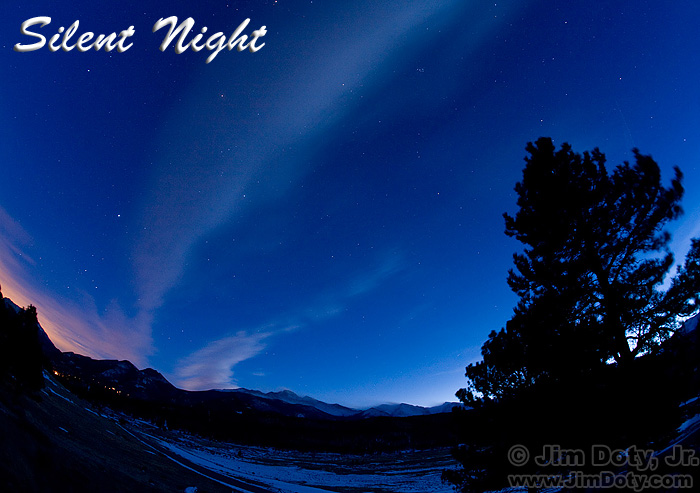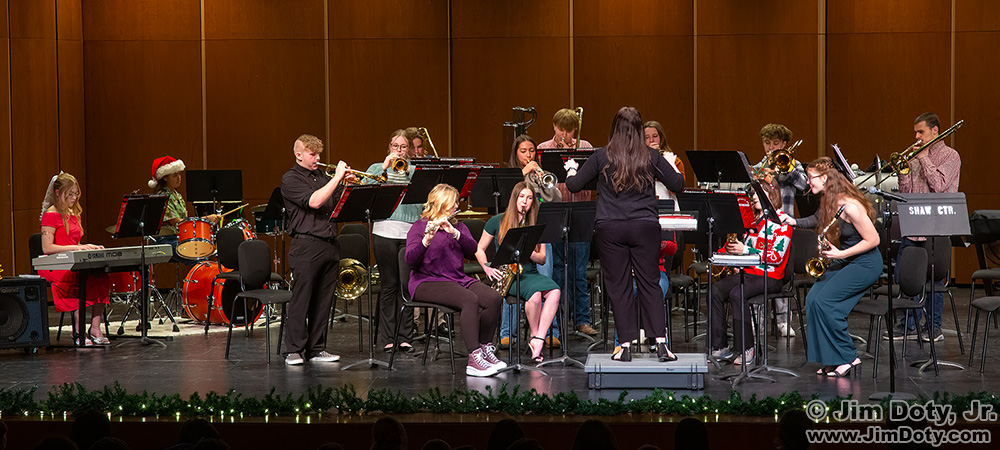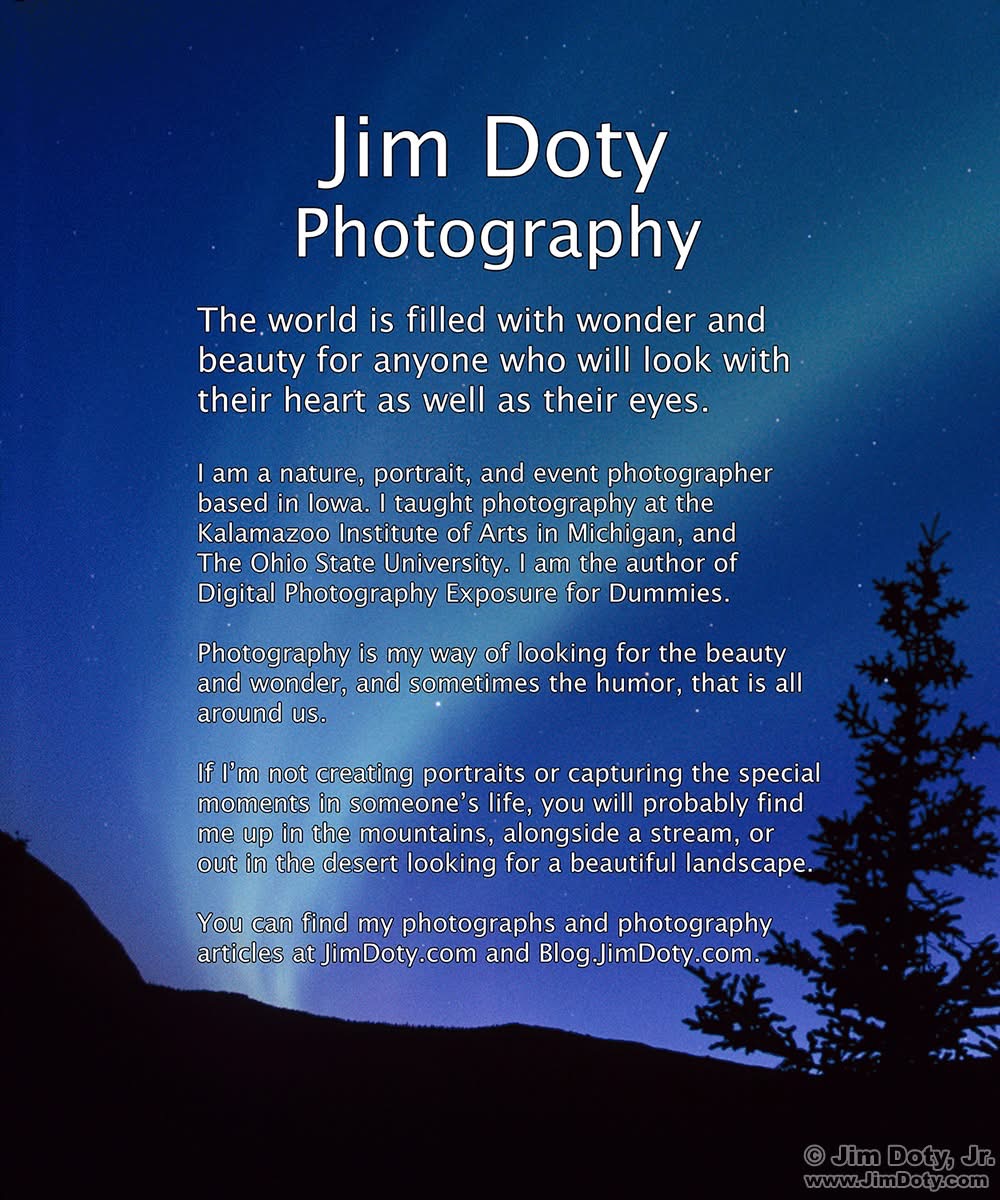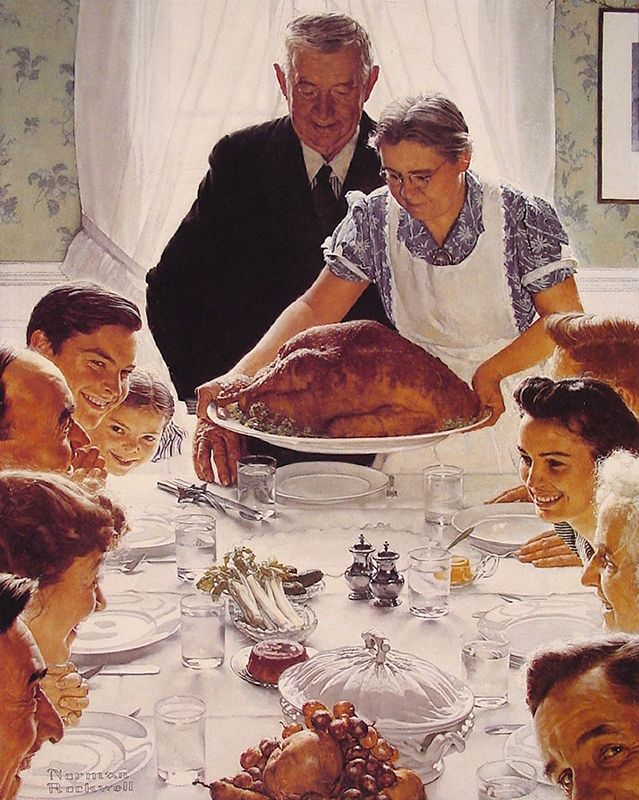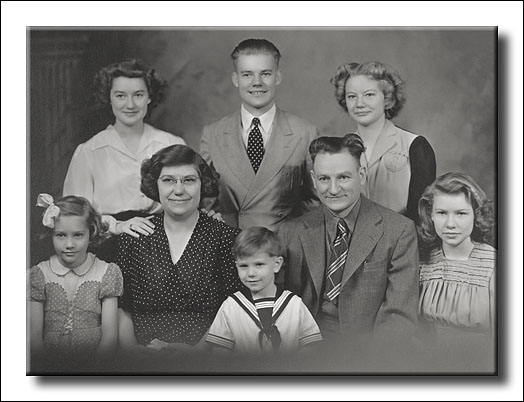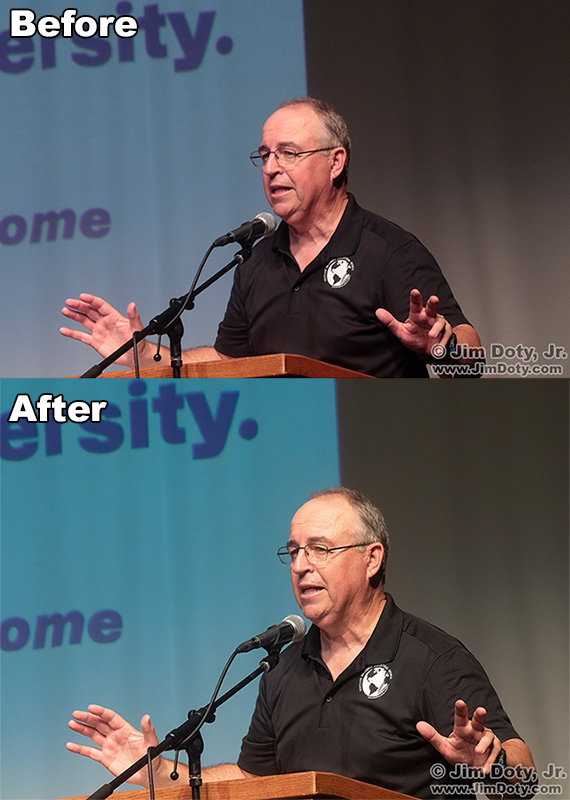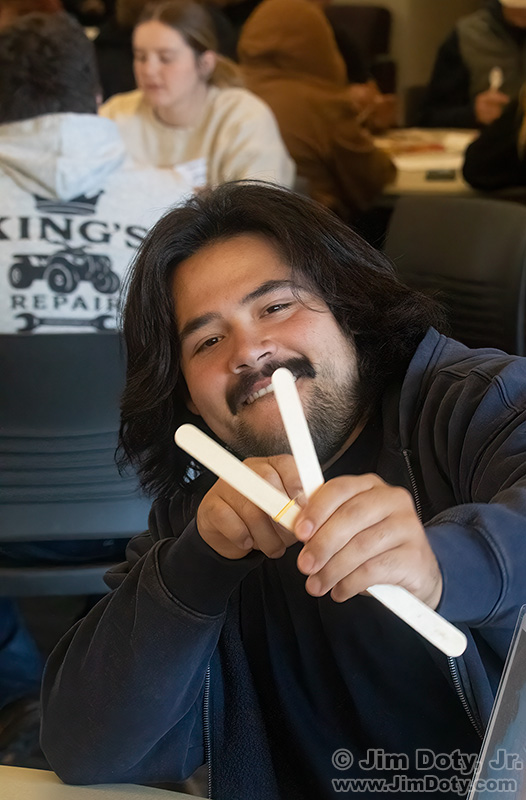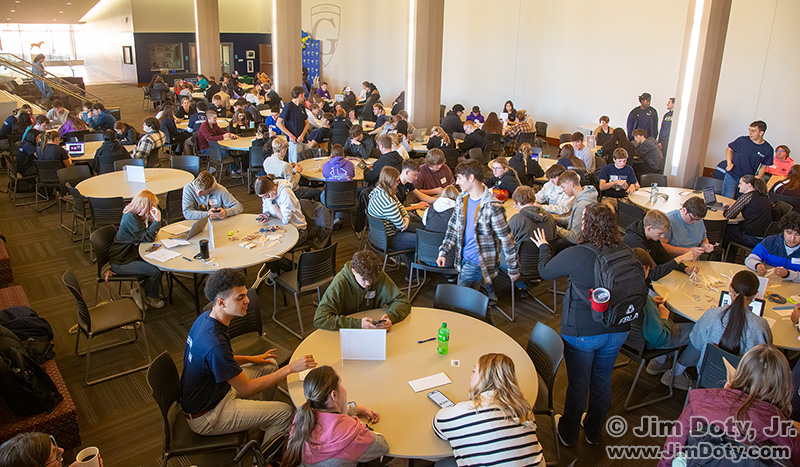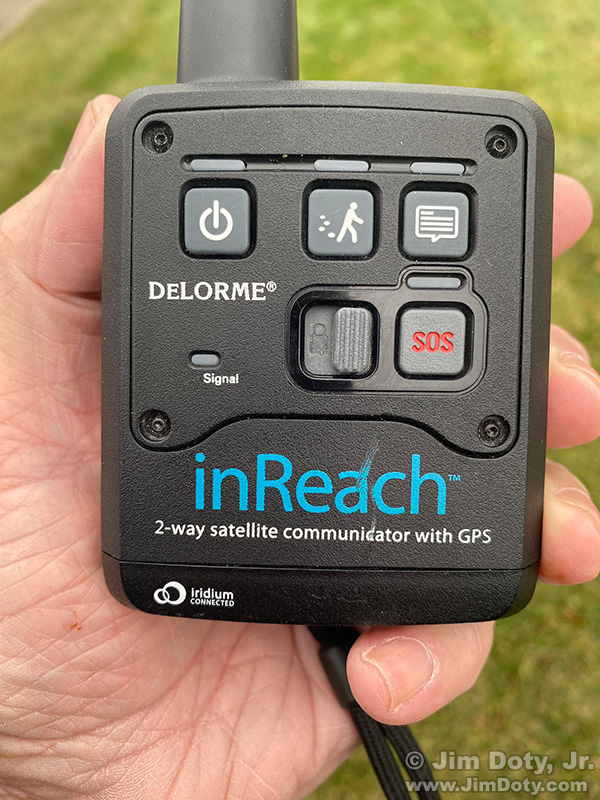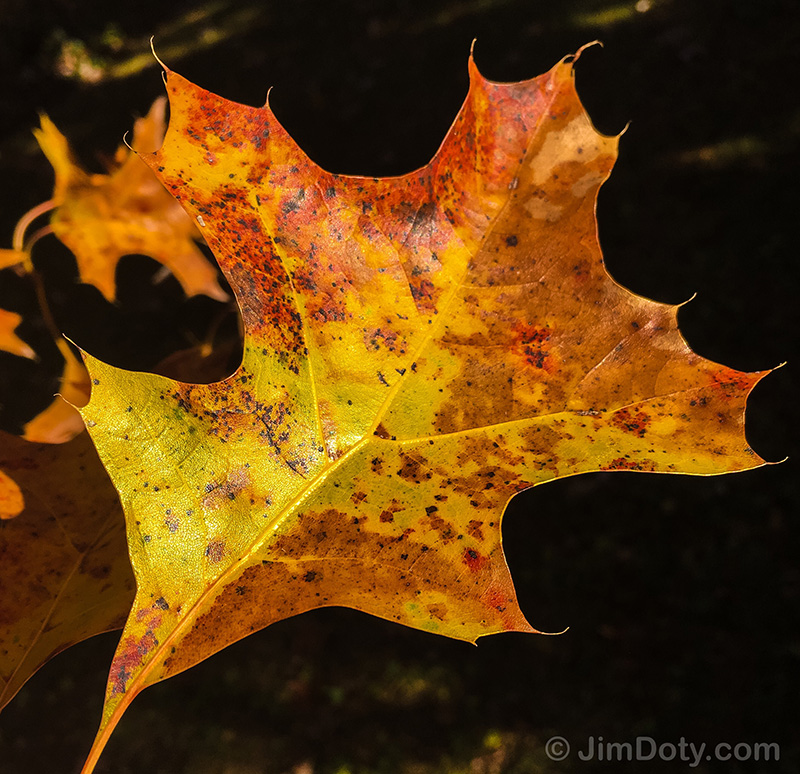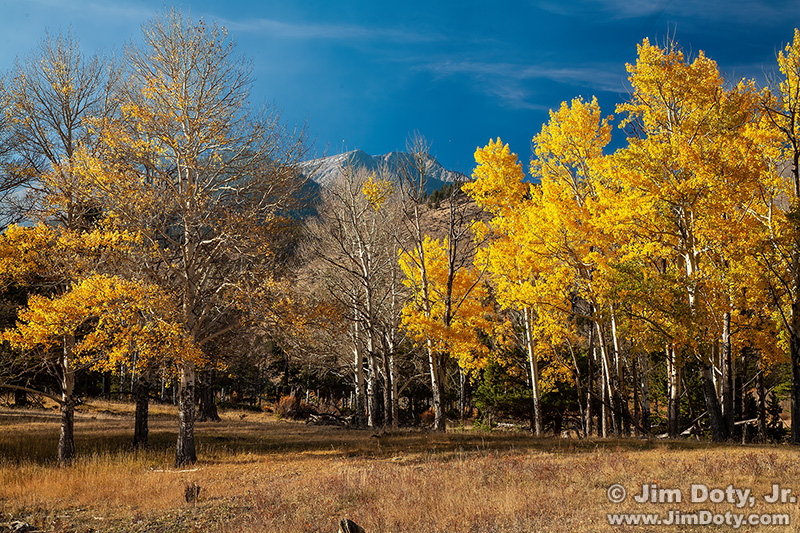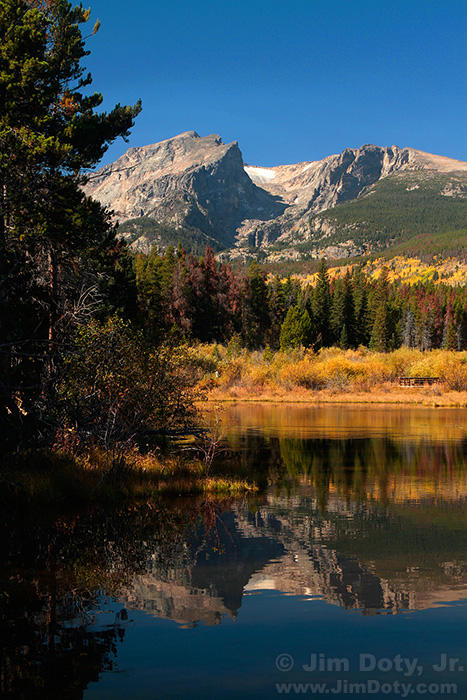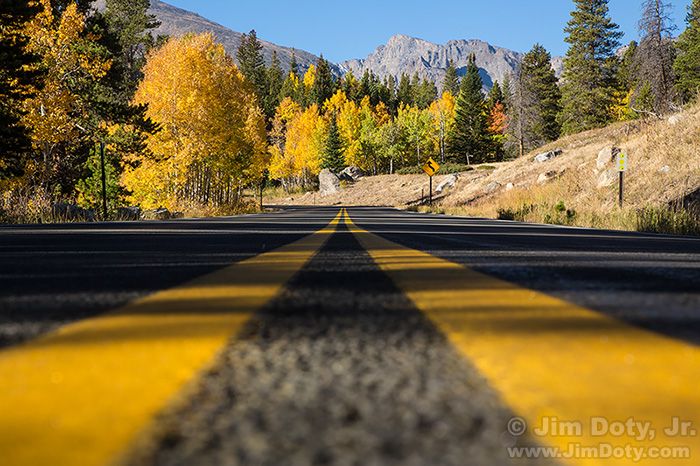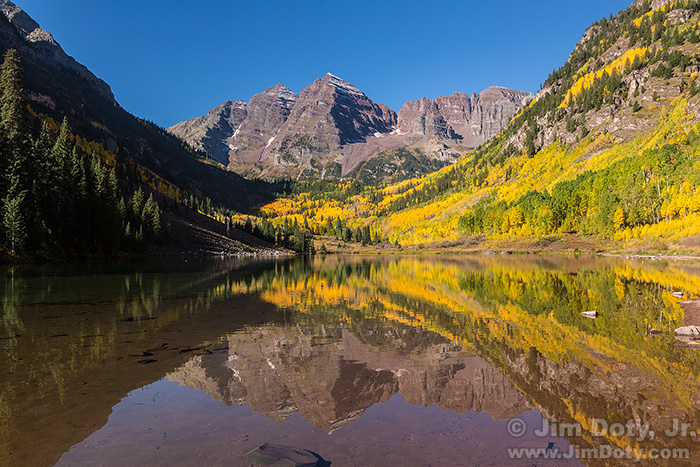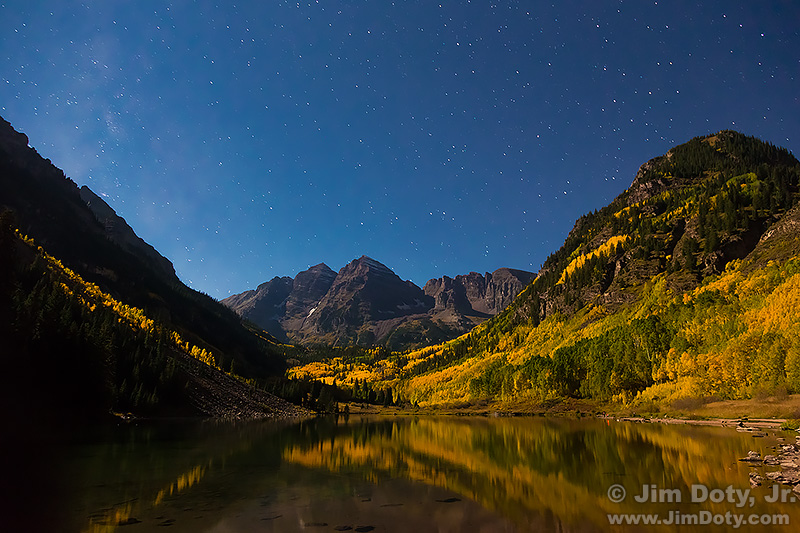Category Archives: General
Silent Night!
Snow glistens in the last light of dusk.
Distant clouds glow with the fading light from the sun, long since set.
Lamoni Schools Winter Band Concert
Under the direction of Mackenzie Stotts, the Lamoni bands put on a fun and varied winter band concert with a mix of traditional music and holiday favorites. Lamoni has four bands that played in this order: the High School Jazz Band, the 5th and 6th grade band, the 7th grade band, and the 8th – 12th grade band. Each of the bands played several numbers with classics like “Winter Wonderland”, TV special music, like “You’re A Mean One Mister Grinch”, and music from “The Polar Express”. A delightful surprise was “Carol of the Boombuckets” featuring boombuckets and boomwhackers. Boomwhackers look like swimming pool noodles, but they are made of plastic and cut to length to make different pitches as you swing them to hit the floor. It was a happy evening for the big and appreciative crowd at the Shaw Auditorium.
A brief artist’s statement.
Should You Buy “Gray Market” Photo Equipment?

What is “gray market” photo equipment and how does it differ from “U.S. Warranty” equipment? Gray market equipment (also called “parallel import”) is imported into the U.S. but bypasses the official U.S. distributor. Gray market equipment costs less, sometimes a lot less.
Photographers and Artists Do “Freedom From Want”
Norman Rockwell’s classic painting “Freedom from Want” was created in 1943 and was part of his Four Freedoms series. It was inspired by FDR’s annual address to Congress, January 6, 1941. That address became known as the Four Freedom’s Speech.
Thanksgiving in Haxtun
When I was growing up, we spent many a Thanksgiving at grandpa’s house in Haxtun Colorado. Thanksgiving was a much anticipated and happy time. We would leave home on Wednesday afternoon after dad got home from work. It was a long 7 hour drive to Grandpa’s house in those pre-interstate highway days, so it would be really late by the time we arrived.
Happy Thanksgiving!
Tutorial: Tweaking a Photo and Remembering the ACR Settings
In this tutorial I will show you how to change the color balance of a RAW or JPEG file, and how to remember those changes to make the same exact changes to other files shot in the same lighting conditions.
How to Photograph an Event and Choose Your “Selects”
In a prior article I shared 11 photos from a project for Graceland University. I was in the process of choosing selects. Years ago a photo editor said, “Take lots of photos and send me the very best.” Most editors don’t want to go through all of your images. It is the photographers job to go through the photos from an event and choose the best images for the editor. They are called “selects”. The editor goes through the selection and makes the final choices as to which image or images will be published.
Graceland University Sponsors “Ag, FFA, and Business Simulation” for High School Students
It was a fascinating day. Hundreds of high school students from across Iowa gathered for a fun day of activities and competition. The students were divided into teams and each team was guided by a Graceland student or professor from the business and agriculture departments.
Testing My Satellite Communicator on a Cloudy Day
While my car was being serviced I was sitting in the auto dealer’s waiting room. I was bored. I looked at the dense clouds outside and decided to see if my satellite communicator could pick up the satellites through that cloud layer.
Fall Color Series: August 28 – December 18
Autumn is by far my favorite nature photography season. I take more pictures in the fall than any other season of the year.
Ohio, November 18
Veterans Day
Acadia, October 19
My fall in Acadia National Park Series.
Colorado, October 11
My fall in Colorado series. As you can see from these photos, fall colors can hang around for quite a while in Horseshoe Park, Rocky Mountain National Park.
Colorado, October 3
My fall in Colorado series. This is one of the two most classic scenic locations in Colorado. (The other is the Maroon Bells and Maroon Lake. See October 23 and 24.) It is 6+ miles west of Ridgway Colorado on CO-62. You can’t miss it. On most any fall day you will see cars parked on the side of the highway and photographers lined up taking pictures.
Colorado, October 2
Colorado, September 30
My fall in Colorado series.
Colorado, September 29
My fall in Colorado series. If my lead photo looks familiar, I posted a September 28, 2019 version yesterday. The aspen turned earlier in 2010 than in 2019.
Colorado, September 28
My fall in Colorado series. If this photo looks familiar, this is the same stretch of road as yesterday’s lead photo. I came back the next day and put my camera right on the road for a different look.
How to View the Metadata for a Photo on The Internet
With an add-on extension for the Firefox web browser, you can view the metadata for a photo you find on internet, provided the person who posted the photo didn’t strip out the metadata before posting it online. This article will show you how to use the EXIF Viewer for Firefox, created by Alan Raskin (link below).
Colorado, September 23
Colorado is the place to be the last week of September and early October. I will be sharing some of my favorite photos.
How to Find the Metadata in a Photo Using an Online EXIF Viewer
You can find the metadata in a photo by dragging the photo from your computer to an online EXIF viewer. Metadata is the information a camera attaches to a digital photo when the photo is saved to the camera’s memory card. Metadata, also called EXIF DATA, usually includes the time and date of the photo, the camera and lens used, the focal length of the lens, and some cameras record the GPS coordinates of the photo.
How to Find the Metadata Embedded in a Photo
This article will show you how to find the metadata embedded in a photo in any of four different ways: iPhone, Windows 11, Adobe Photoshop and Adobe Bridge. I was asked in a recent email if it was possible to determine what camera was used to take a digital photo. The answer is yes, provided: (1) the camera saved that information in the metadata for the photo at the click of the shutter, and (2) the metadata has not been stripped out of the photo at some later time. In addition to the camera being used, the metadata usually tells you the lens that was used, the date and time of the photo, the aperture, shutter speed, ISO, and in some cases, the GPS coordinates of the photo.
9/11 – Let Us Pray
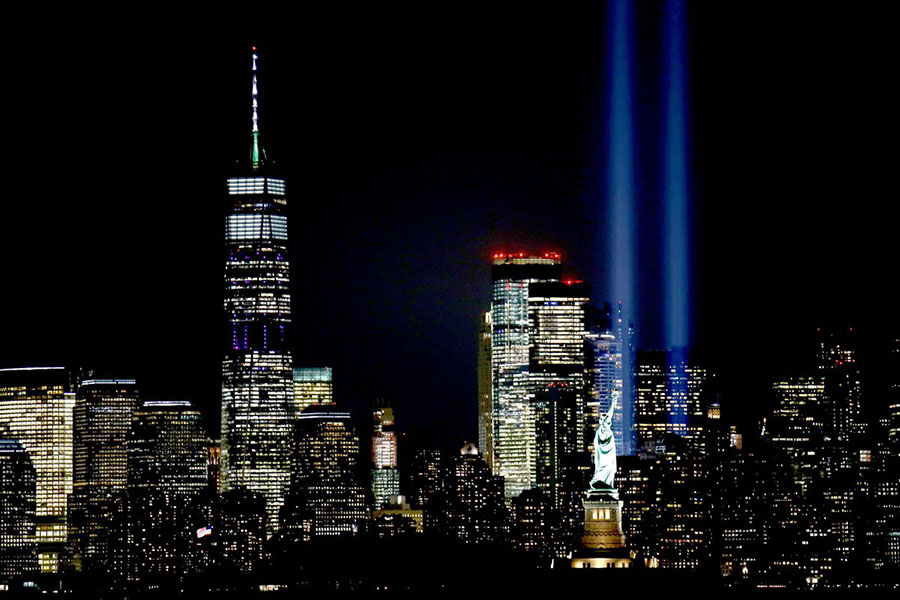
On the morning of Tuesday, September 11, 2001, four planes were hijacked and ultimately crashed. Two crashed into the World Trade Center in New York City and one crashed into the Pentagon. The fourth crashed in Pennsylvania. That is what moved me to write this prayer.
“LET US PRAY”
Dozens of people in each of four airplanes living in terror as their hijacked planes are flown to destinations unknown to them. Each ends in a terrible fiery crash.
Bill Biggart’s Last Photos – 9/11
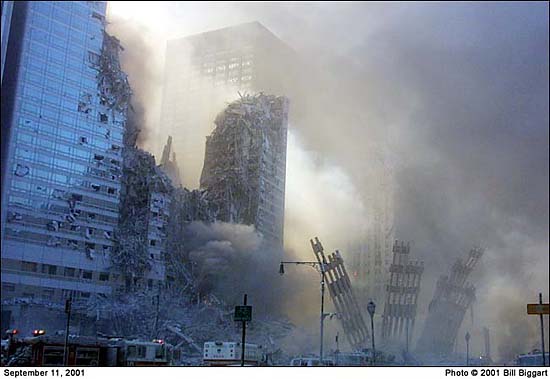
Bill Biggart’s final photograph. He was killed when the second World Trade Center tower collapsed on top of him. He was 53 years old.
Chip East Reflects on the Last Photos of His Friend, Bill Biggart, Taken on 9/11
Photographer Chip East was staring intensely at his laptop screen.
It was two weeks after two jetliners had plowed into the towers of the World Trade Center. His good friend, photojournalist Bill Biggart’s body had been recovered from the rubble. His personal effects, including his cameras had been released by authorities to his widow, Wendy.
September 11th As It Happened
This compilation of news reports captures the essence of that morning better than almost any other video on YouTube.


